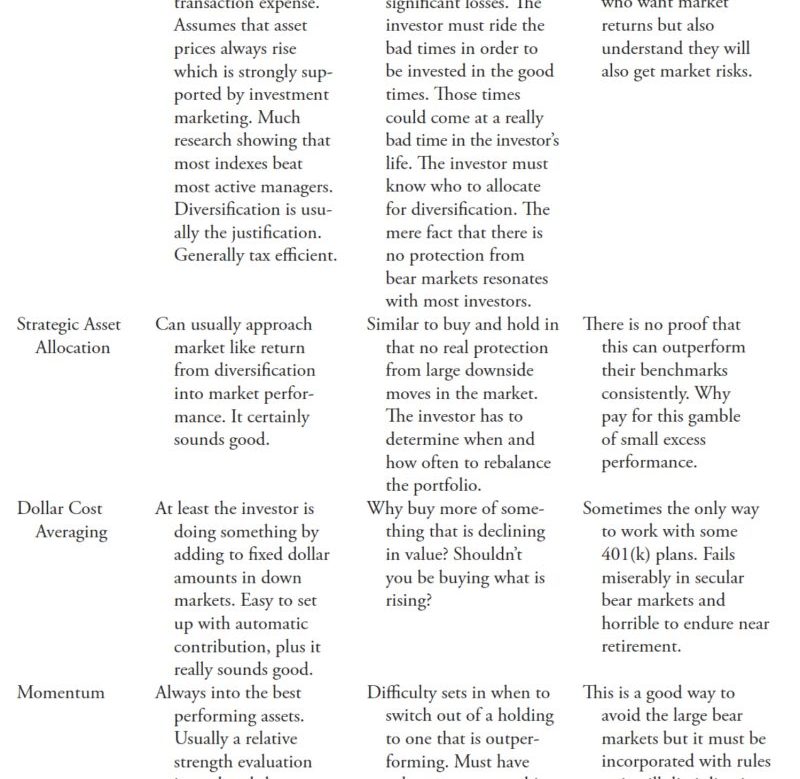Investing with the Trend: A Comprehensive Guide
Appendix: Sample Stock Portfolio Analysis
In this appendix, we will delve into a sample stock portfolio analysis to showcase how investors can apply the principles of investing with the trend to create a diversified and profitable investment strategy. We will demonstrate how monitoring trends, conducting thorough research, and managing risk can lead to successful outcomes in the stock market.
1. Building a Diversified Portfolio
To begin with, let’s consider a hypothetical investor, Sarah, who is looking to build a diversified stock portfolio. Sarah decides to invest in various sectors to spread risk and take advantage of different market trends. She selects stocks from industries such as technology, healthcare, consumer goods, and energy, ensuring a balanced mix of growth and stability.
2. Trend Analysis and Stock Selection
Next, Sarah conducts a thorough analysis of each stock to identify the prevailing trends. She uses technical analysis tools like moving averages, relative strength index (RSI), and trend lines to determine the direction of the stock’s price movement. By following the principle of investing with the trend, Sarah focuses on selecting stocks that are in a clear uptrend and avoiding those in a downtrend.
For instance, Sarah identifies a technology company whose stock price has been consistently rising over the past few months, supported by positive earnings reports and industry growth. She decides to add this stock to her portfolio, expecting the upward trend to continue in the future.
3. Risk Management and Exit Strategies
While it is essential to identify profitable investment opportunities, managing risk is equally crucial in maintaining a successful portfolio. Sarah sets up stop-loss orders for each stock to limit potential losses in case the market turns against her positions. She also establishes profit targets based on the stock’s price movements to secure gains and prevent greed from clouding her judgment.
Furthermore, Sarah regularly monitors her portfolio and adjusts her positions based on changing market conditions. If a stock’s trend shows signs of weakening or reverses direction, she follows her predetermined exit strategy to minimize losses and protect her capital.
4. Performance Evaluation and Portfolio Rebalancing
After a few months of investing, Sarah reviews the performance of her stock portfolio to assess the overall profitability and effectiveness of her investment strategy. She analyzes each stock’s return on investment, compares them against benchmark indices, and identifies areas of strength and weakness.
In case some stocks underperform or fail to meet expectations, Sarah considers rebalancing her portfolio by reallocating capital to better-performing investments. This process ensures that her portfolio remains in line with her investment goals and risk tolerance, adapting to changing market trends and economic conditions.
In conclusion, investing with the trend is a proven strategy for achieving long-term success in the stock market. By building a diversified portfolio, conducting trend analysis, practicing risk management, and regularly reviewing performance, investors can maximize profits and minimize losses. Implementing these principles and strategies can help investors navigate the complexities of the stock market and build wealth over time.

